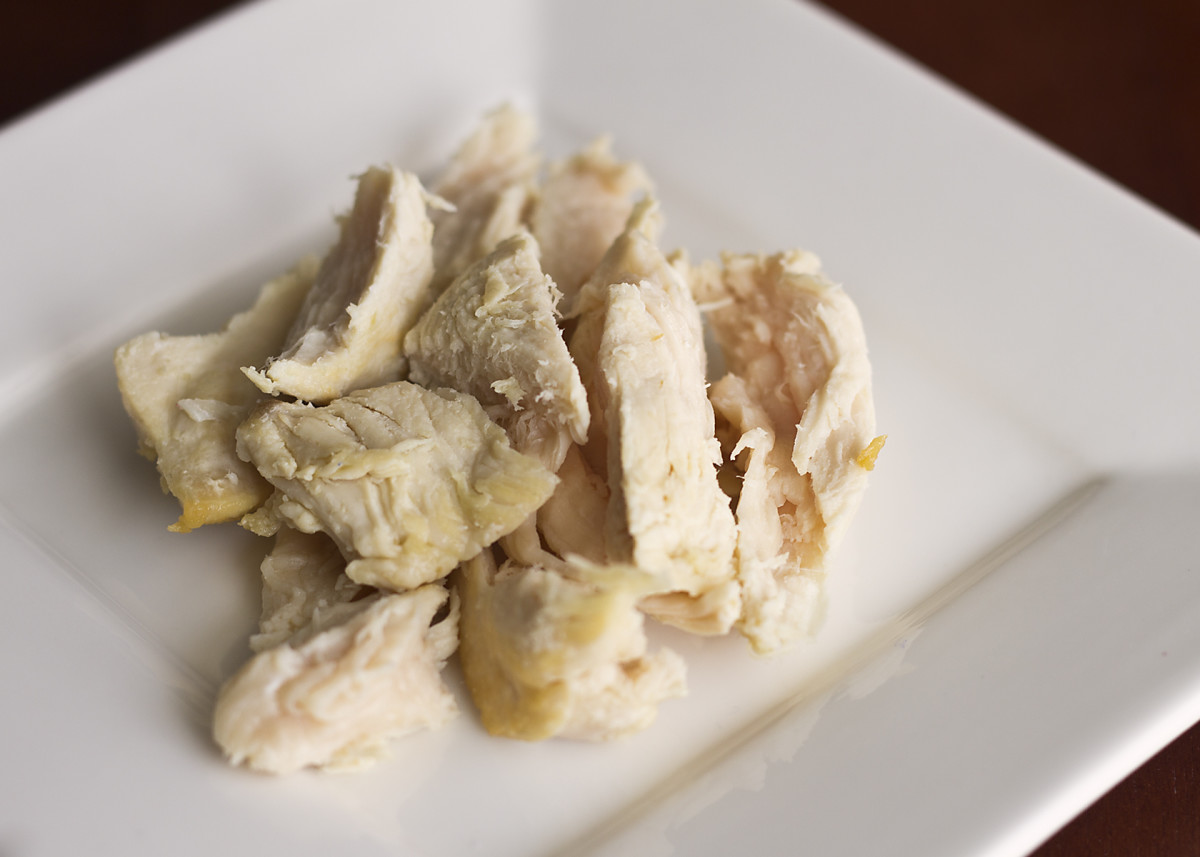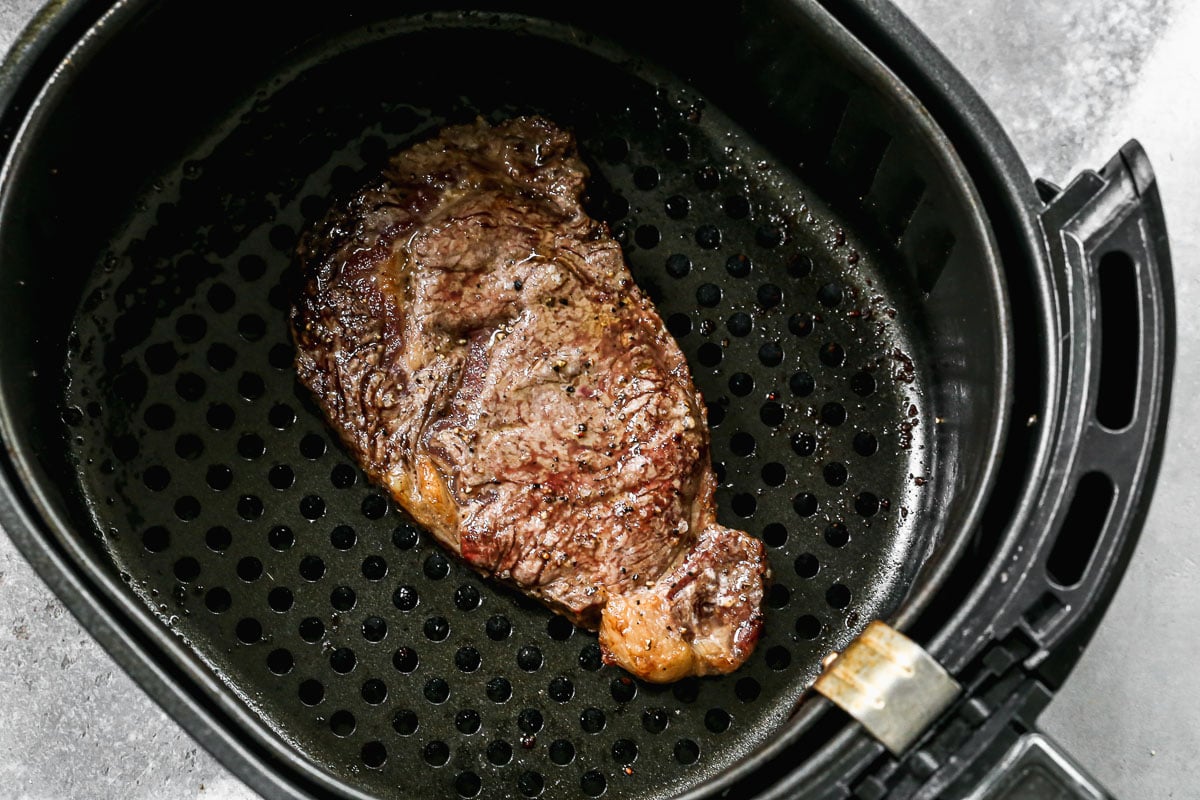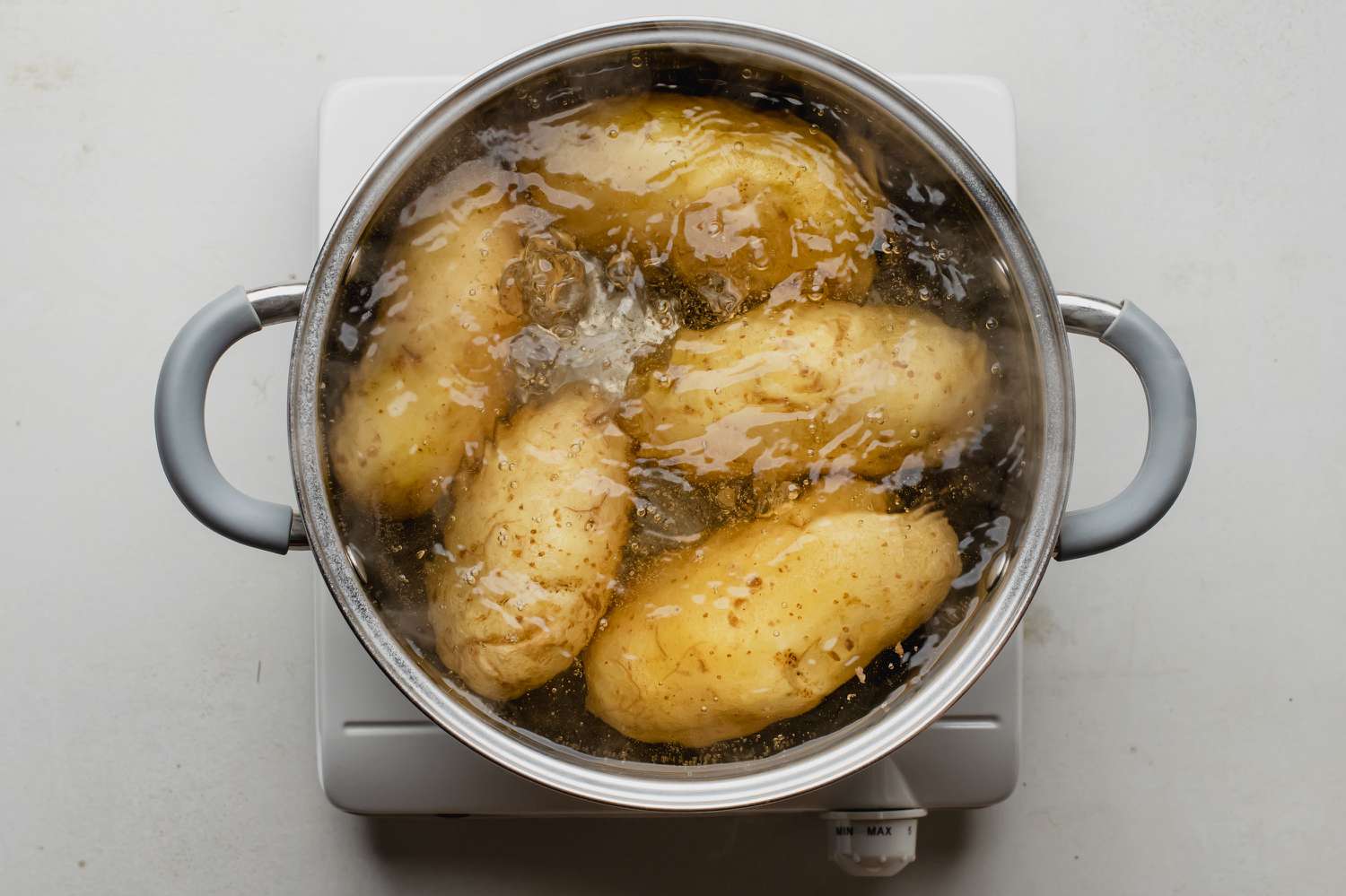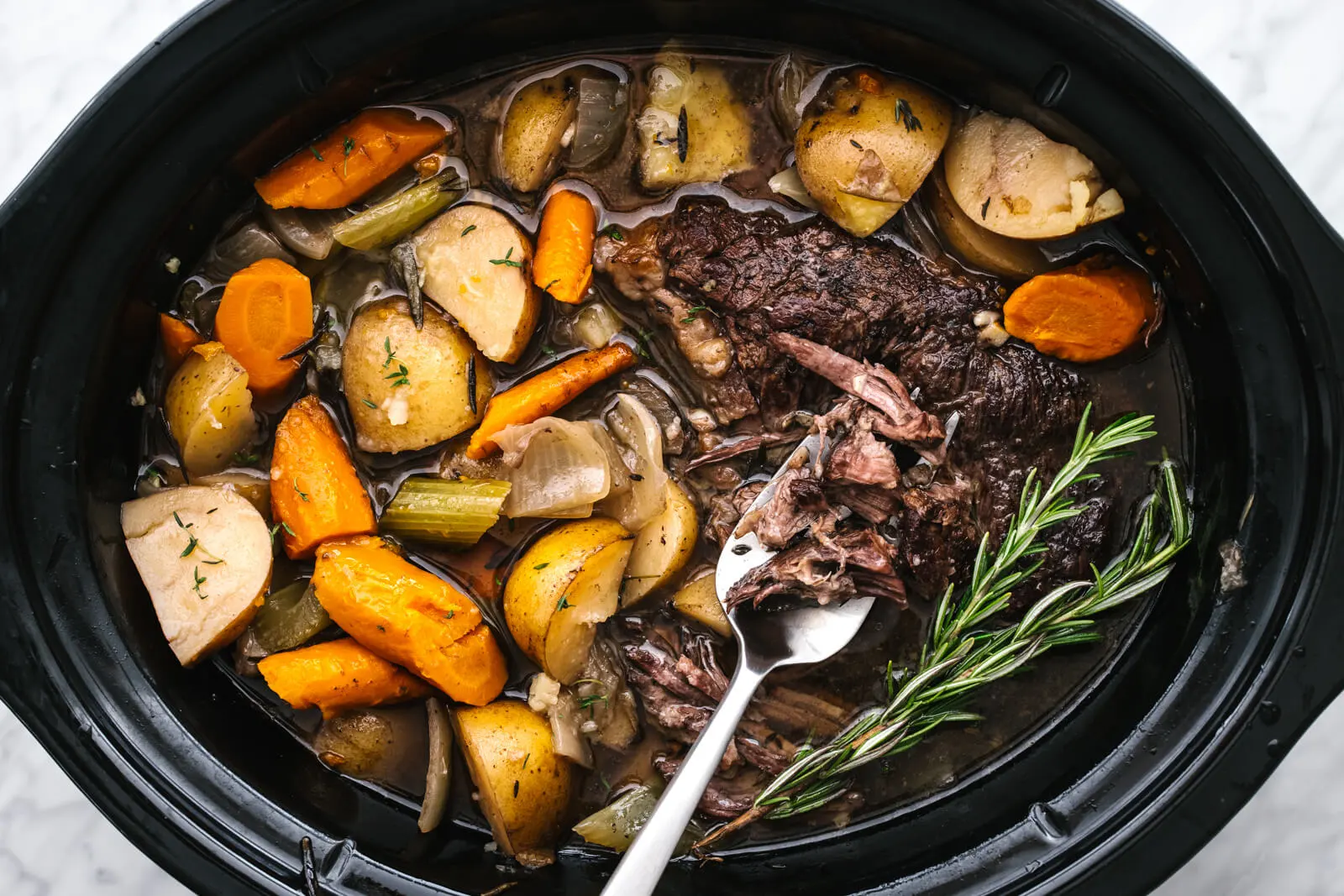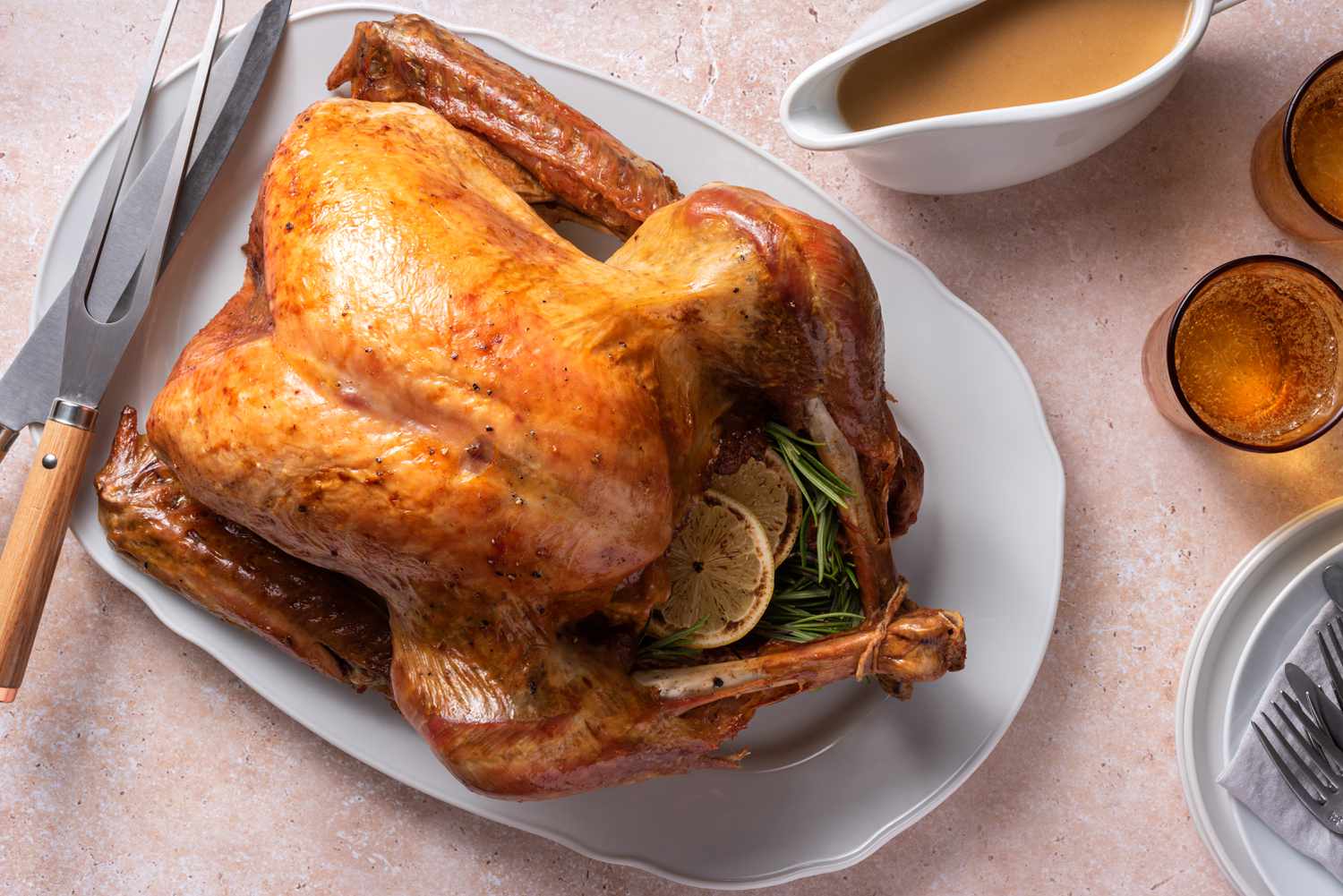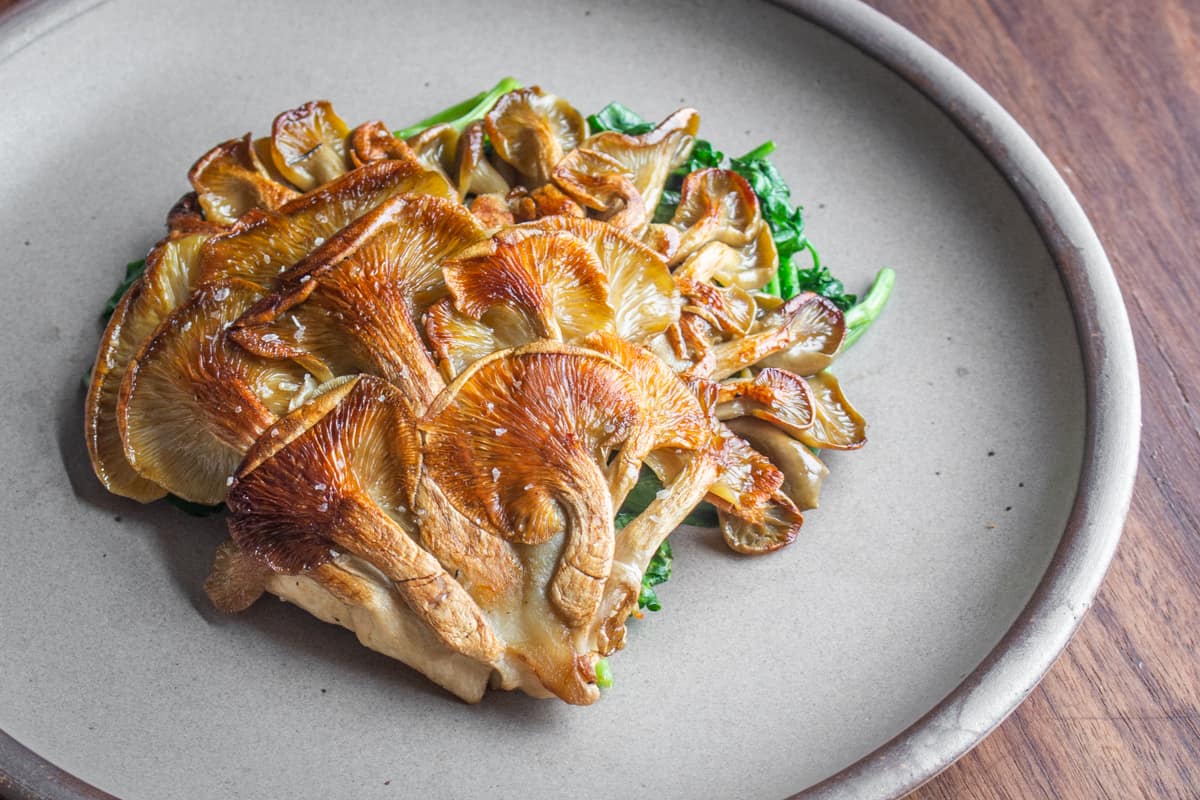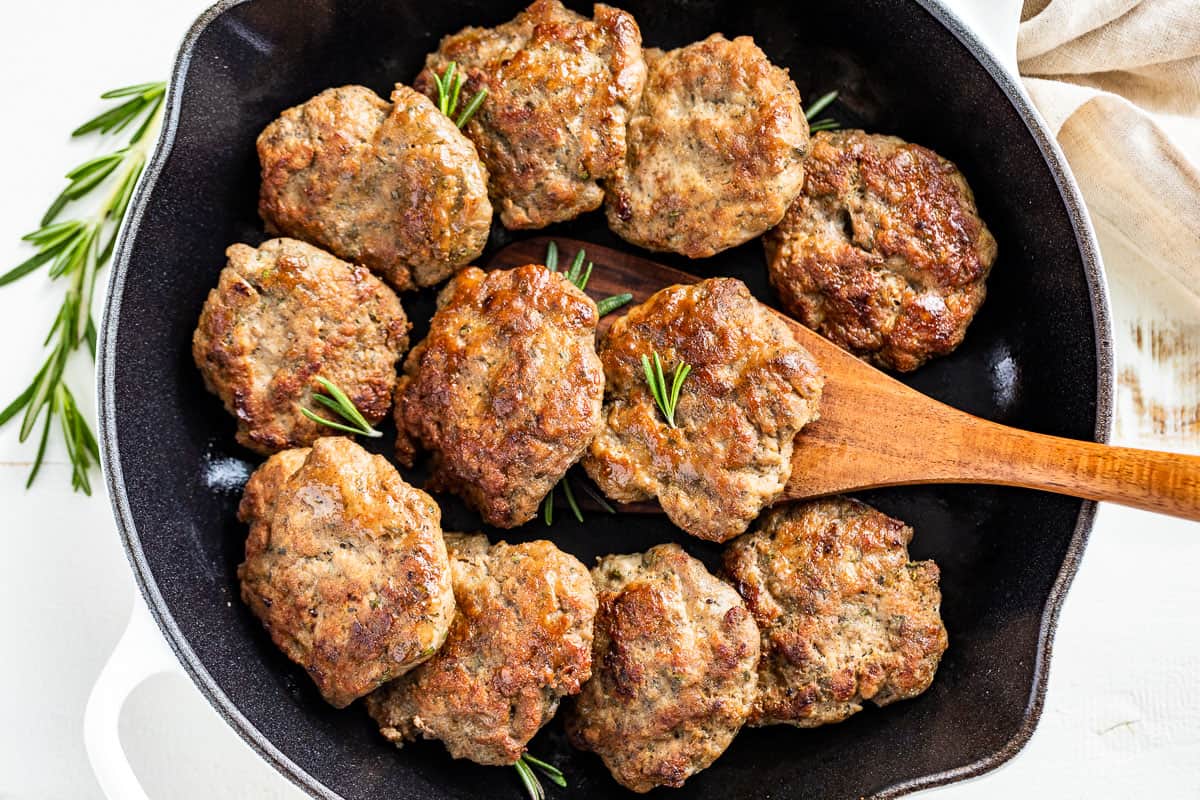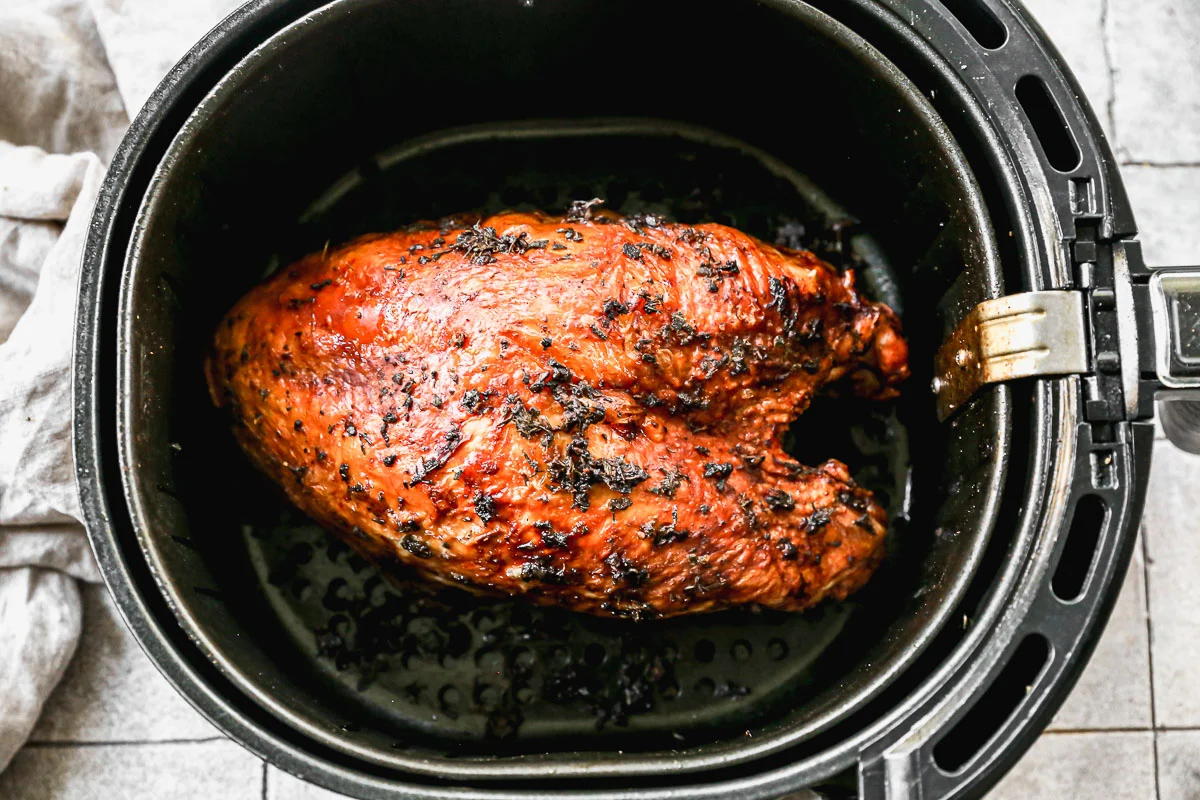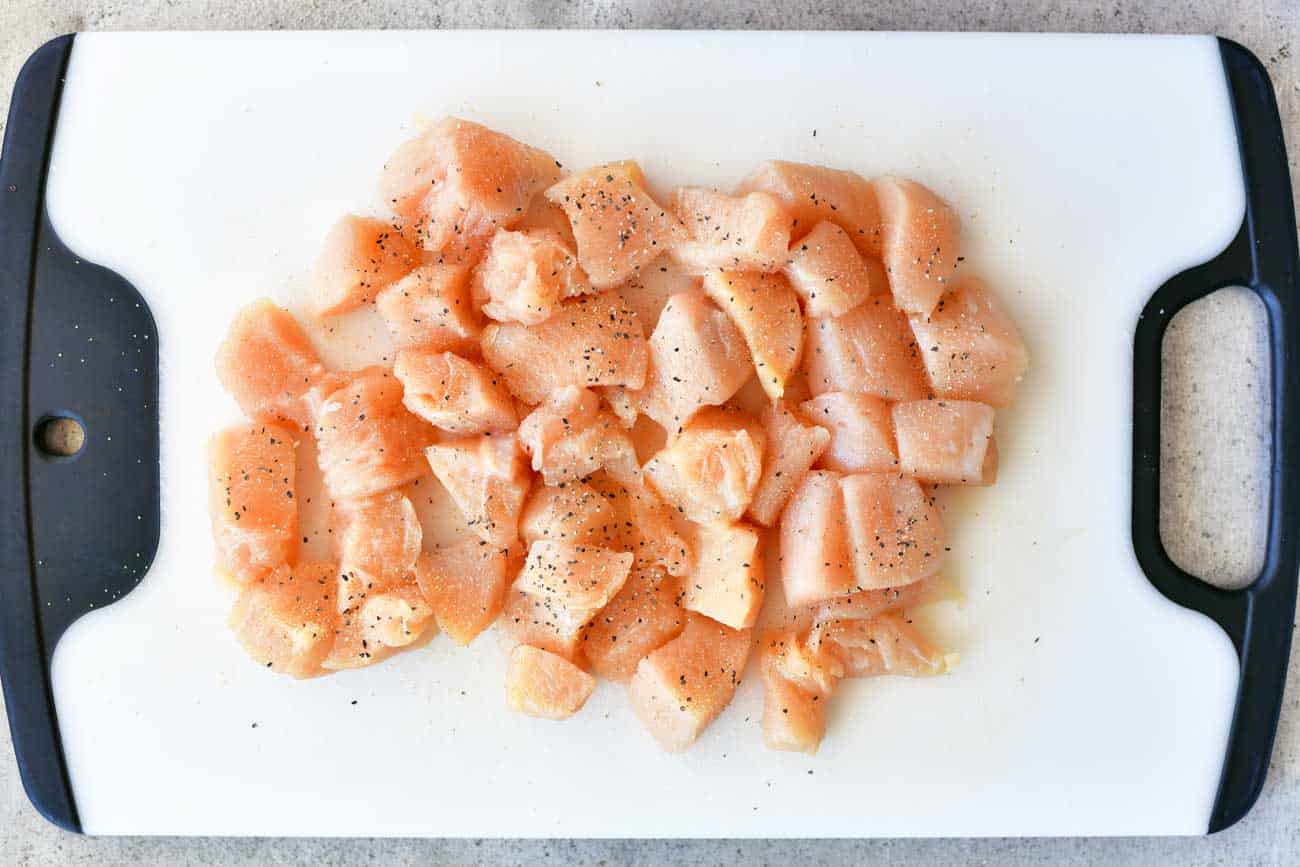Perfecting the Art of Cooking Runny Boiled Eggs
Boiled eggs are a breakfast staple for many people. From soft and runny to firm and fully cooked, everyone has their preference. If you are someone who enjoys a delicious and luscious runny yolk, then you’ve come to the right place. In this blog post, we will share some tips and tricks to help you cook the perfect runny boiled eggs every time.
1. Start with Fresh Eggs
Using fresh eggs is the first step in achieving that ideal runny yolk consistency. Fresh eggs have firmer whites and yolks, making it easier to control the cooking process. Check the expiration date on the carton before purchasing, and always opt for the freshest eggs available.
2. Use the Proper Cooking Technique
When it comes to cooking runny boiled eggs, timing is everything. Follow these steps to ensure your eggs turn out just the way you want them:
- Place your eggs in a single layer in a saucepan.
- Add enough cold water to cover the eggs by about an inch.
- Place the saucepan on the stove over medium heat.
- Once the water reaches a rolling boil, reduce the heat to low and let the eggs simmer for 4-5 minutes for a soft and runny yolk.
- While the eggs are simmering, prepare a bowl of ice water.
- When the desired cooking time is up, use a slotted spoon to transfer the eggs from the saucepan to the bowl of ice water. This stops the cooking process and helps cool the eggs quickly.
- Let the eggs sit in the ice water for at least 1-2 minutes to ensure they are fully cooled.
- Once cooled, gently tap the eggs on a hard surface to crack the shell, then carefully peel.
3. Practice Makes Perfect
Cooking perfect runny boiled eggs takes practice. Don’t be discouraged if your first attempts don’t turn out exactly as you’d hoped. Adjust the cooking time slightly if necessary and keep track of the results each time. Soon enough, you’ll find the sweet spot that gives you the runny yolk consistency you desire.
4. Enjoy Your Runny Boiled Eggs
Now that you’ve mastered the art of cooking runny boiled eggs, it’s time to savor your hard work. Enjoy your eggs on their own, or incorporate them into dishes like avocado toast, salads, or ramen for an extra burst of creamy goodness.
Remember, cooking runny boiled eggs is all about finding the right balance of timing and technique. With a little practice and experimentation, you’ll be able to prepare the perfect runny yolk eggs that will delight your taste buds every time. So go ahead, give it a try and impress your family and friends with your newfound egg-cooking skills!
Cooking runny boiled eggs opens up a world of delicious possibilities. For a delightful breakfast, readers can try Avocado Toast with Runny Boiled Eggs, a simple yet satisfying dish. If they prefer something heartier, the Breakfast Burrito with Runny Boiled Eggs is a fantastic choice, combining creamy eggs with flavorful fillings. For a touch of elegance, the Classic Eggs Benedict with Runny Boiled Eggs is a must-try, perfect for brunch gatherings. For a unique twist, Ramen with Runny Boiled Eggs adds a rich texture to the traditional noodle soup. Each of these recipes showcases the versatility of runny boiled eggs and highlights different culinary styles.
Was this page helpful?
Read Next: How To Cook Navy Beans Southern Style
